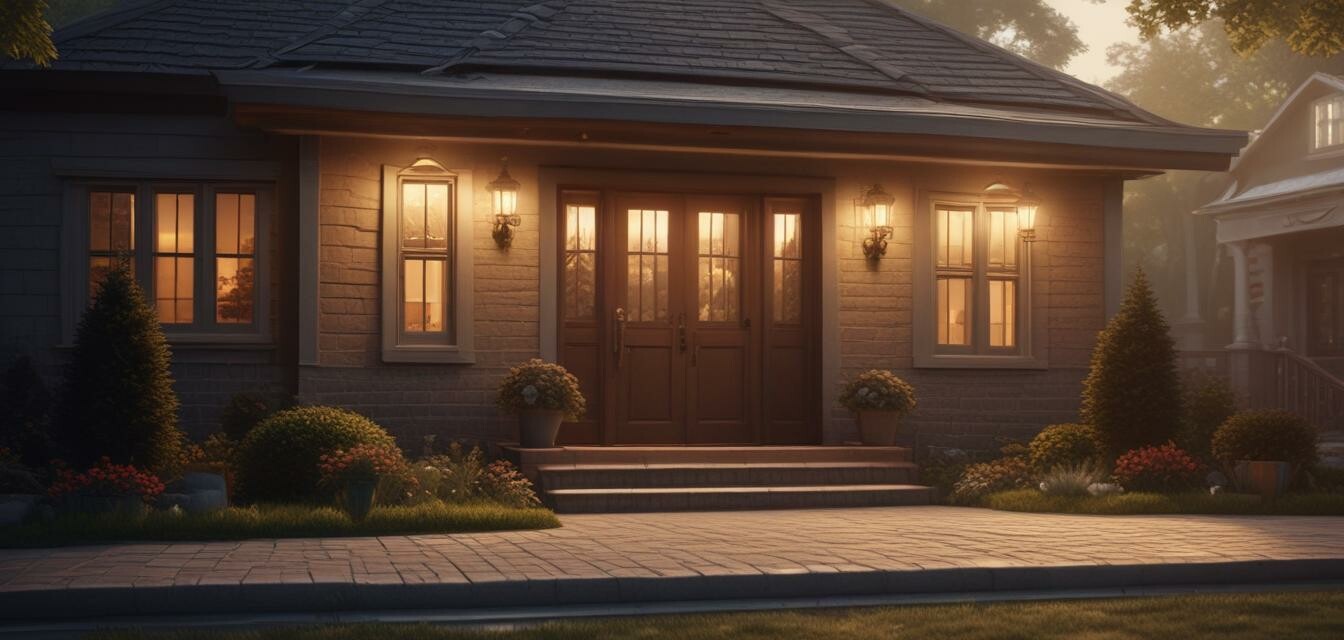
Creating a Personalized Home Security Plan
Key Takeaways
- Assess your specific needs based on location and lifestyle.
- Evaluate the available security technologies suitable for your home.
- Incorporate preventive measures such as proper lighting and landscaping.
- Regularly review and update your security plan for effectiveness.
- Consider engaging with community resources for neighborhood safety initiatives.
As crime rates increase in various neighborhoods, having a solid home security plan becomes a vital necessity. Creating a personalized home security plan provides you with tailored solutions that cater to your specific needs and lifestyle. In this article, we will guide you through the essential steps to develop a security plan that works best for you and your family.
Identifying Your Home Security Needs
The first step in creating your personalized home security plan is to identify your unique security needs. This involves:
- Assessing your local crime rate.
- Identifying vulnerabilities in your home.
- Considering lifestyle factors such as travel frequency and family size.
Assessing Vulnerabilities
Look for areas in your home that could be easy targets for intruders. Common vulnerabilities include:
- Inadequate lighting around entrances.
- Unsecured windows and doors.
- Obstructed views that could hide suspicious activity.
Creating a Comprehensive Security Plan
Your security plan should encompass various elements to adequately protect your home. Consider the following components:
| Security Component | Description | Benefits |
|---|---|---|
| Security Cameras | Monitor and record activities around your home. | Deterrence of intruders, evidence collection. |
| Alarm Systems | Detect unauthorized access and alert homeowners. | Immediate response to potential breaches. |
| Smart Lighting | Automated lighting that reacts to motion. | Increased visibility, deterrent factor. |
| Access Control | Secure entry points with codes or keycards. | Enhanced control over who enters your home. |
Incorporating Technology into Your Plan
With advancements in technology, you have various options for home security systems. Consider:
- Security alarms and sensors to detect intrusions.
- Smart doorbell cameras that allow you to see who is at the door remotely.
- Wireless security cameras for easy installation and flexibility.
- Solar-powered cameras that operate outdoors without needing outlets.
Implementing Preventive Measures
Beyond technology, other measures can enhance your home's safety:
- Optimize your landscaping to eliminate hiding spots.
- Maintain clear sightlines from windows to the street.
- Use timers for lights to create the illusion of occupancy.
Regular Review and Adaptation
Your home security plan shouldn't be static. Schedule periodic reviews to:
- Evaluate new threats or changes in your neighborhood.
- Update your system to integrate new technology.
- Investigate community initiatives for further protection.
Pros
- Customizes security measures to fit your lifestyle.
- Incorporates advanced technology for enhanced safety.
- Increases overall peace of mind for homeowners.
Cons
- May require an upfront investment for equipment and installation.
- Some technologies may involve ongoing subscription fees.
- Complexity may be overwhelming for those unfamiliar with security systems.
Engaging with Community Resources
Lastly, consider connecting with local resources that can assist you in enhancing home security. This includes:
- Neighborhood watch programs.
- Online forums for sharing safety tips.
- Local law enforcement for crime prevention advice.
Creating a personalized home security plan is essential for ensuring the safety of your household. By assessing your unique needs, integrating technology, and employing preventive measures, you can significantly enhance your home security. Regularly reviewing and adapting this plan will ensure your protection remains optimal and responsive to any changes in your environment. For more tips on securing your home, visit our Home Safety Tips and Best Practices category.
